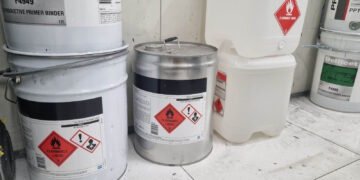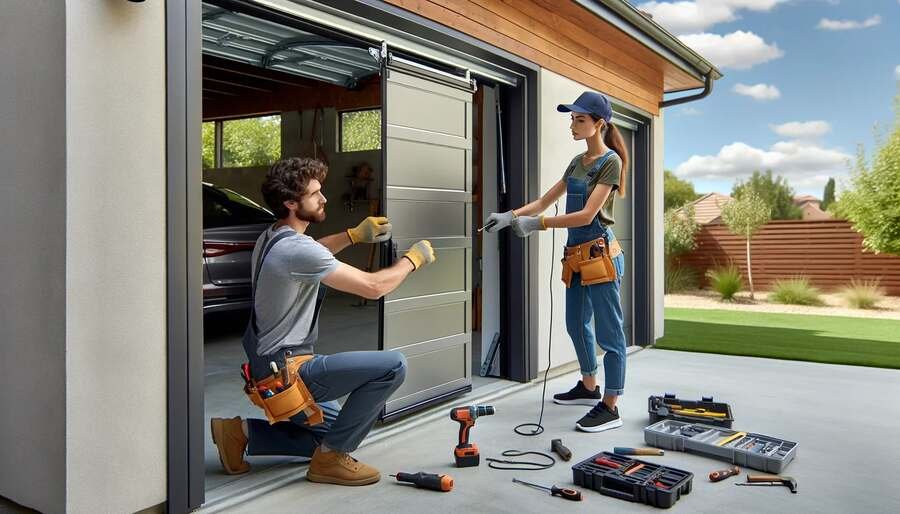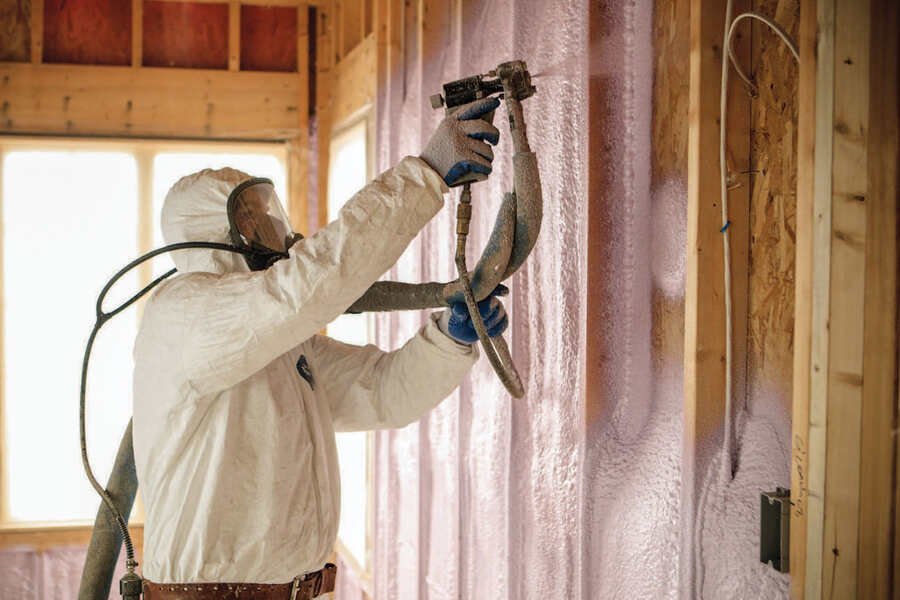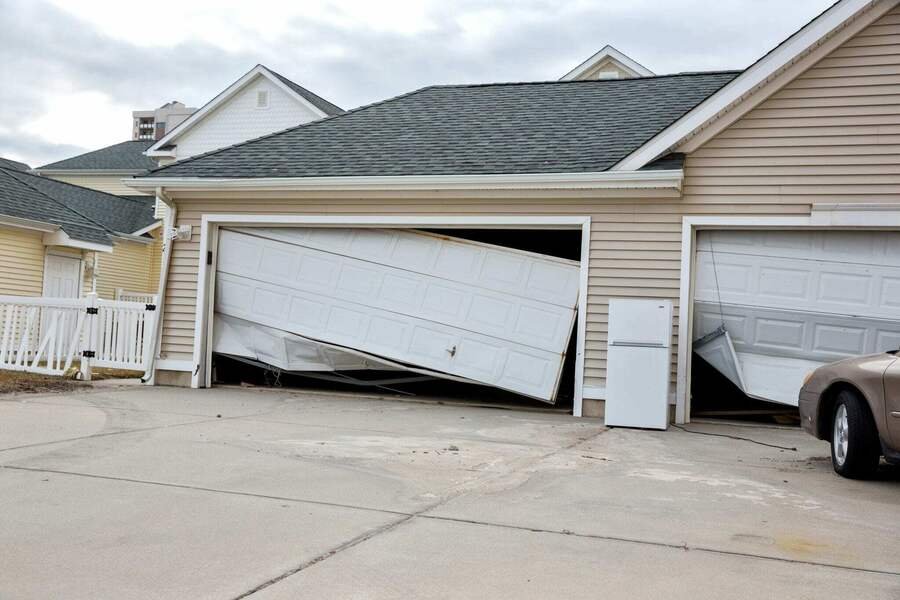About 82.5% of construction materials have significantly increased in cost since 2020. A construction materials report from data tracking firm Gordian found an average jump of 19% yearly. So it makes sense that you would be very price-conscious before building that new garage!
Before you dive into the exciting world of garage construction, it’s crucial to grasp the ins and outs of the process. Avoiding costly mishaps and staying on budget will make the journey a whole lot smoother. A lack of knowledge about the building process is like setting sail without a map. Understanding concrete foundations and soil classifications is one way to avoid the budget blowouts that often catch homeowners off guard.
Garage Foundations – the Stuff They Don’t Always Tell You
Garage foundation costs are like a rollercoaster ride – thrilling, but they can leave your wallet spinning. The national average ranges from $5 to $35 per square foot. Pennsylvania, for example, sees a range of $18 to $26 per square foot. Meanwhile, Maryland, New Jersey, and New York aren’t far behind, sharing the $27 to $35 club.
Keep in mind that these are just averages. Your garage’s foundation cost is unique and influenced by a bunch of factors you might not have considered. First up, the size and weight of your garage play a starring role. It’s not just about how big you want it; it’s also about how much weight it’s going to throw around. Heavier garages mean sturdier foundations and, you guessed it, a heavier bill.
Then, there’s the ground beneath your dream garage. Different soils have different needs, and meeting those needs can mean the difference between a solid foundation and a shaky one. Remember the scout motto – always be prepared? Well, that’s the mantra for site preparation. An unprepared site can turn even the most straightforward project into a headache. So, make sure your site is ready for action before the concrete trucks roll in.
Don’t Underestimate Mother Nature
The weather has a say in your garage’s foundation costs, too. Climate considerations can affect the materials needed and the construction timeline. A little rain or snow might be picturesque, but it can also affect your budget.
If your garage-to-be is perched on a slope or hill, brace yourself for an extra layer of complexity. Building on uneven terrain might require additional engineering finesse and, you guessed it, more moolah.
Before diving into the garage design or door style, you must get the foundations right. Soil classifications are vital because, believe it or not, the dirt beneath your dream garage matters more than you’d think.
So, your first mission is to determine what soil your site is rocking. And no, we’re not just talking about the stuff you dig with a shovel – we’re talking about classifications that can make or break your garage’s foundation. We always recommend a geological engineer, the Sherlock Holmes of soil. They’ll whip out their soil test kit to see how reactive your soil is.
There is a secret language of soil classifications, which includes:
- A – Non‐reactive (cool, calm, and collected)
- S – Slightly reactive clay (a bit sensitive, but nothing too dramatic)
- M, M–D – Moderate reactive clay or silt (moves a bit, but nothing to write home about)
- H1, H1–D – Highly reactive clay (getting into drama queen territory)
- H2, H2–D – Very highly reactive (think of it as the diva of soils)
- E, E–D – Extremely reactive (this soil’s got some serious moves)
- P – Soft soil (moody and reactive, handle with care)
Why does this matter? Matching your concrete slab to the right soil conditions minimizes cracks and prevents your foundation from doing the cha-cha without your permission.
Pro tips to keep the soil and your garage on good terms:
- Give your builder the lowdown on your tree plans. Growing, keeping, or axing trees near your garage can affect the soil, so keep your builder in the loop.
- If you’re the green thumb type, plant new trees away from the garage. This will allow the roots to stretch out without messing with your foundation’s groove.
- Keep the hardscaping away. Paving, paths, and garden beds near the garage might seem harmless, but if water starts flowing towards your foundations, it’s like throwing a curveball at your soil.
More Home Improvement for the Enthusiastic Reader
We hope this article was helpful! The Cheery Home has many more helpful blogs to get your home improvement juices flowing. Add our site to your favorites list and check in from time to time for new inspiration. With our help, your space will always be at its best.















